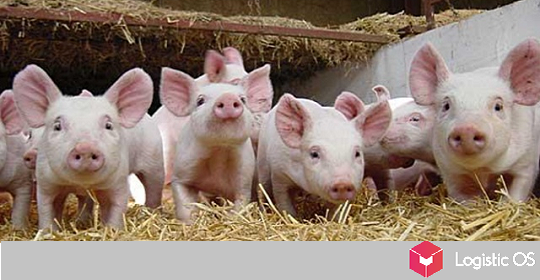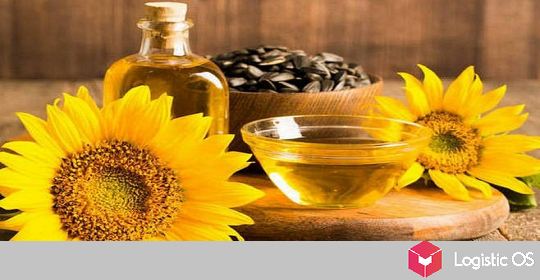The harvest of this season’s wheat has not yet been completed, and farmers have already begun sowing winter varieties.
On September 8, 6.3 million hectares were planted — 793 thousand hectares more than last year.
But dry spring and summer again throw up many problems for farmers: there is not enough moisture in the ground for planting.
According to analysts, more than 10% of winter crops will be sown in unfavorable conditions, of the total crop is planned to plant 18.25 million hectares.
The increase in winter wheat plantings and its share in the total sown area began actively in 2015.
If in 2015 the share in the total volume was 50%, then in the 2020 crop this figure rose to 58%. In numbers, this is 3.1 million hectares.
This is primarily due to the benefit for producers: the yield of winter wheat is 2.2 times higher than that of spring wheat, and of barley, for example, 1.6 times. Accordingly, these crops are more cost effective.
At the same time, the main condition for obtaining a high yield is the presence of moisture in the soil during sowing, which affects the germination of seeds.
Traditionally, in the South of Russia, sowing of winter crops begins from September 15, and in the Center — from August 20 to September 20.
And since it rains in the central zone of Russia, some regions, for example, the Volga region, are sowing at a very active pace. The first shoots have already appeared there, which experts assess as good.
But in most regions, dry summer was replaced by dry autumn, and farmers, as far as they can, delay sowing: there was little rain in July, in August, too, they did not quite reach the monthly norm of precipitation.
In some regions, in September, high temperatures persist not only during the day, but also at night.
Most likely, the dry weather will continue for another two weeks, but the agrarians cannot afford such a delay in terms of time, therefore they sow at their own peril and risk, in the hope that the rains will still fall.
For good germination of these crops, it is enough for 15-20 mm of precipitation to fall.
Planting winter crops in unfavorable weather conditions raises concerns among specialists: there is a risk of less harvest.
Although a similar situation with winter crops has been developing for several years, in the end the situation has improved.
So far, according to experts, the course of sowing winter crops does not significantly affect the dynamics of wheat sales, but if this situation continues, then it may provide significant support to world prices.

So now is the time for scientists to think about the creation of drought-resistant varieties, and for agrarians — about methods of land cultivation.
The main reason for the evaporation of moisture from the soil is the consequences of its processing.
For example, Australian farmer Robert Rudworth, who won the 2011 Farmer of the Year Award for his work on sustainable farming in difficult conditions, abandoned plowing back in 1982 after a severe drought.
According to his calculations, the dry plowing method allows you to get a harvest similar to that in seasons with good rainfall.
This method of tillage has become popular not only in Australia, where almost all farmers use it, but also in the USA, Canada, Latin America.
And European farmers, after losing their harvest in dry weather, began to actively introduce it.
Therefore, in the southern regions of Russia, where the climate is more arid and the lands are fertile, minimal cultivation is possible.
But in the center of Russia and further to the North and West, one cannot do without it.
No-Till or zero technology is considered to be the most advanced technology of soil preparation for winter crops.
Its essence lies in the rejection of traditional plowing. Not in the understanding, of course, that “do nothing”. Agronomists consider zero technology to be the pinnacle of the technology for processing arable land before winter crops, which makes it possible to bring crop cultivation to a qualitatively new level.
But, with all its «pluses», there are some difficulties — this process is very science-intensive: a soil-climatic analysis of the soil should be carried out, taking into account local climatic conditions, taking into account its weediness and contamination with pathogens.
The fields are being leveled with foreign-made plows, which make it possible to level the fallow soil so much that it is possible to drive on it in a passenger car at a speed of 90 kilometers per hour.
And it is impossible to get a good result right away — the technology should be systematically introduced within 2-3 years.
An important issue is financial investments: when choosing a processing method, farms are guided by their fleet of equipment, therefore, for the most part, preparation is carried out in the traditional way.
But, along with the traditional one, the so-called minimal tillage is spreading: only the top layer of the soil is cultivated.
But the fertilizers used are also very important in both «zero» and minimum technologies: they make up almost 30% of the cost price.
It should be understood that for the transition to a higher technological level of planting, which can save resources and protect against adverse conditions, serious financial investments are needed, possibly with the participation of the state.

